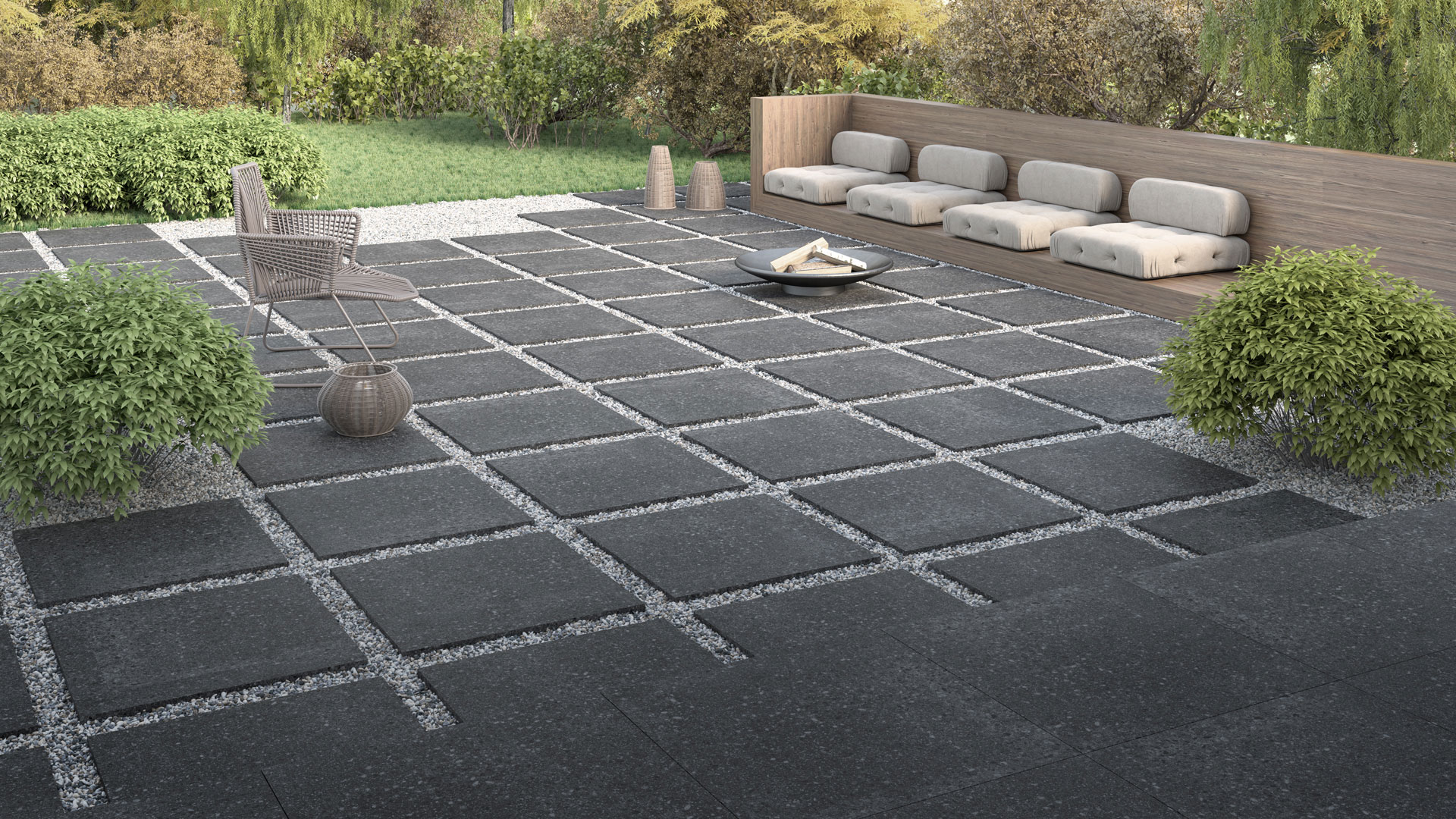Floor tiles are responsible for ensuring the mechanical properties and the quality of flooring regarding to its function and application, so it is essential to design these tiles appropriate for application. From general criteria described in Construction Products Regulation (EU) No. 305/2011 (CPR), determination of slip resistance especially plays a major role in fulfilling the regulation of safety and accessibility in use.
Previous studies confirmed that measuring slipperiness is a complicated issue, not only because slip resistance is related to friction occurring at the surface/shoe interface, but also surface roughness is also an important factor in determining the most appropriate value for use in various environments and activities.
This property is sometimes missed from manufacturers’ declaration of performance; however, this information is necessary for choosing a product for a specific application. Slip resistance is one of the major characteristics prescribed by EN 14411 for the purpose of CE marking of ceramic tiles.
On the international level requirements and regulations of slip resistance is varied. Unification is challenging, because each country established and introduced its own test methods and guidelines.
The following can be highlighted :
• BGR 181 (2003) and GUV-I 8527 (2010) – Germany – ramp test,
• HSE Guidelines – UK – pendulum test,
• DPR n. 236. (1989) Decree – Italy – floor friction test,
• SA HB 198 (2014) Standard – Australia – pendulum test, ramp test and floor friction test,
• Americans with Disabilities Act (1990) – USA – floor friction test,
• 253/1997. (XII.20.) Government Decree (OTÉK) – Hungary – no test method determined. This requires that floors must not be slippery, but yet there is no clear instruction or guide for determining slipperiness of ceramic tiles in quantitative terms.






